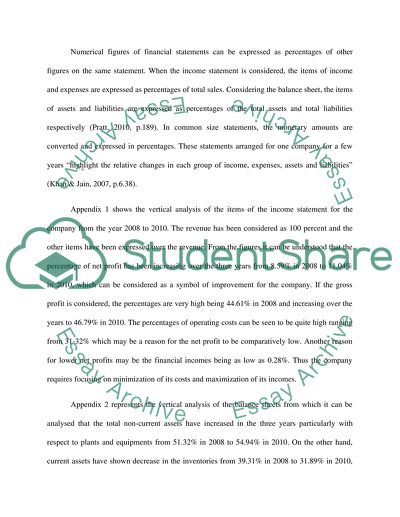Cite this document
(Managing Financial Performance and Managerial Finance Assignment, n.d.)
Managing Financial Performance and Managerial Finance Assignment. Retrieved from https://studentshare.org/finance-accounting/1430630-mba-managing-financial-performance-msc-managerial
Managing Financial Performance and Managerial Finance Assignment. Retrieved from https://studentshare.org/finance-accounting/1430630-mba-managing-financial-performance-msc-managerial
(Managing Financial Performance and Managerial Finance Assignment)
Managing Financial Performance and Managerial Finance Assignment. https://studentshare.org/finance-accounting/1430630-mba-managing-financial-performance-msc-managerial.
Managing Financial Performance and Managerial Finance Assignment. https://studentshare.org/finance-accounting/1430630-mba-managing-financial-performance-msc-managerial.
“Managing Financial Performance and Managerial Finance Assignment”, n.d. https://studentshare.org/finance-accounting/1430630-mba-managing-financial-performance-msc-managerial.


